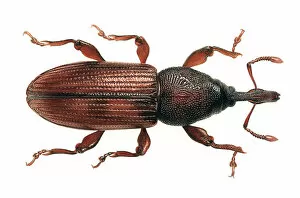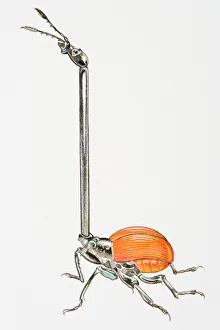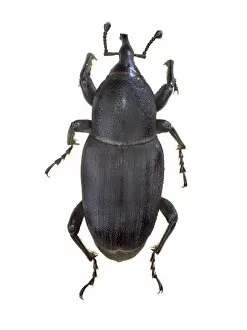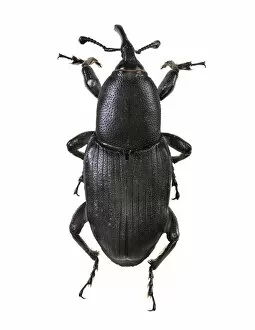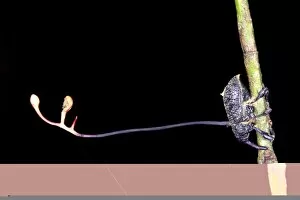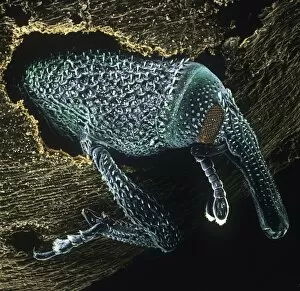Curculionoidea Collection
"Curculionoidea: The Fascinating World of Snout Beetles" Step into the captivating world of Curculionoidea, commonly known as snout beetles or weevils
All Professionally Made to Order for Quick Shipping
"Curculionoidea: The Fascinating World of Snout Beetles" Step into the captivating world of Curculionoidea, commonly known as snout beetles or weevils. These small creatures have captured the attention of artists and photographers alike, showcasing their unique beauty and intricate details. In 20th Century Art, Ma's masterpiece "Weevil (Rhopalomesites tardyi), 1998" mesmerizes viewers with its stunning portrayal of this enigmatic insect. Its elongated snout and distinctive body shape are brought to life in vibrant colors, inviting us to appreciate the intricacies of nature. Mark Harding's photography series captures the essence of these fascinating creatures. In images like "Weevil C016 / 2271, " "Weevil C016 / 2269, " and "Weevil C016 / 2270, " we get a close-up view of their textured exoskeletons and delicate antennae. Each photograph is a testament to the diversity within this species. The Mexican sisal borer also falls under the umbrella term Curculionoidea, as showcased in photographs like "Mexican sisal borer C016 / 2266" and "Mexican sisal borer C016 / 2267. " These images highlight their distinct patterns and remind us that even within one family, there is an abundance of variation. But it's not just visual aesthetics that make Curculionoidea intriguing; they also play host to other organisms. In Mark Harding's photograph titled "Parasitic fungus on a weevil C014 /0951, " we witness nature's complex interactions as a fungus thrives on its unsuspecting host. Curculionoidea has even found its way into jewelry design. A ring adorned with a beautifully set weevil serves as both an accessory and homage to these remarkable insects' allure.

